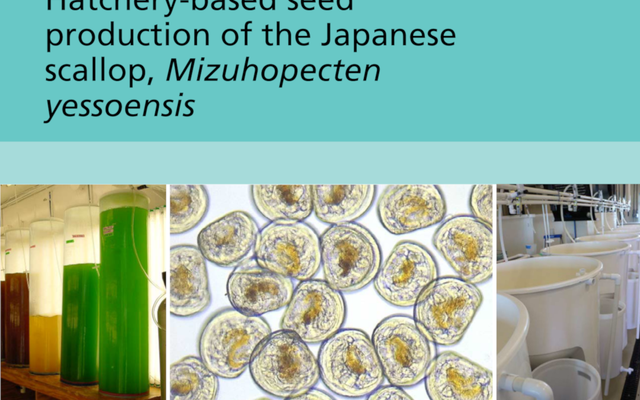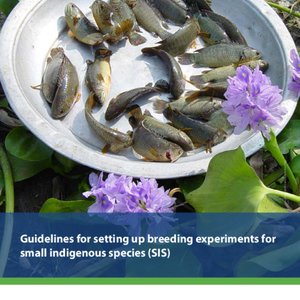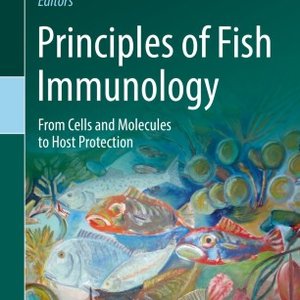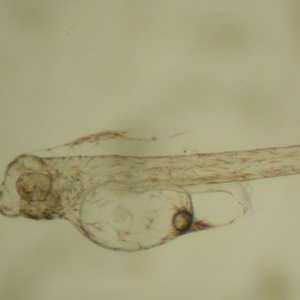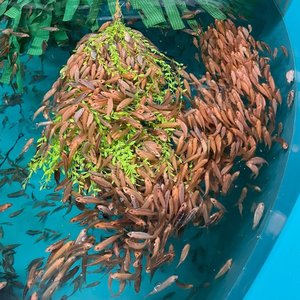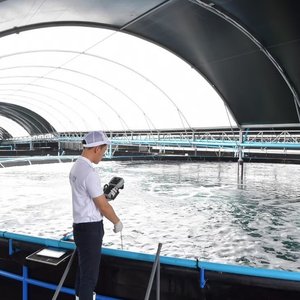The FAO guide Hatchery-based seed production of the Japanese scallop is intended as a standalone practical manual for the culture of the Japanese or Yesso scallop, Mizuhopecten yessoensis. It is written for hatchery staff as a reference for daily operating procedures and for developing a site-specific and resource-specific seed production strategy. To that end, the whole production cycle is addressed, from broodstock conditioning to the transport of seed to the farm. Standard and more recent emerging techniques are included where possible, for the equal benefit of low and high technological operations.
The manual starts with a brief overview of the anatomy and morphology of the scallop and describes the main organs of the adult specimen and the stages of its life cycle; the anticipated development time between each stage throughout its culture is added for the aquaculturist’s benefit. This is followed by a chapter on the culture of live microalgae for food; different approaches to culturing large-scale microalgae are given, including traditional batch culture to the more recent newly designed photobioreactors.
Protocols are given from stock to intermediate microalgal cultures for the inoculation of large-scale vessels. The integration of probiotic bacteria as an alternative to standard antimicrobial drugs is described in a separate chapter; this is a critical component of this manual as it is a current and important shift in sustaining optimal larval and spat performance. The need for biosecurity in a full cycle hatchery operation is emphasized and conceptually illustrated.
The culture protocols for scallops start with the holding and conditioning of broodstock; assessments of the gametogenic stage, the manipulation of holding temperature to maintain and/or enhance gametogenesis and food requirements are all discussed to ensure the supply of broodstock for spawning when needed.
Larval culture is one of the longest chapters of this manual and describes rearing in both static and flow-through systems with the expected growth and survival rate for the Japanese scallop. Post-larval culture in the nursery chapter is divided into early post-setup to day 14, rearing of 1 mm spat and raising seed up to 5 mm or more in a land-based environment. The final chapter discusses different strategies affecting the time and size at which seeds are transferred out of the nursery facility to either intermediate outdoor nurseries or the farm sites.
Download the manual at the link below.


